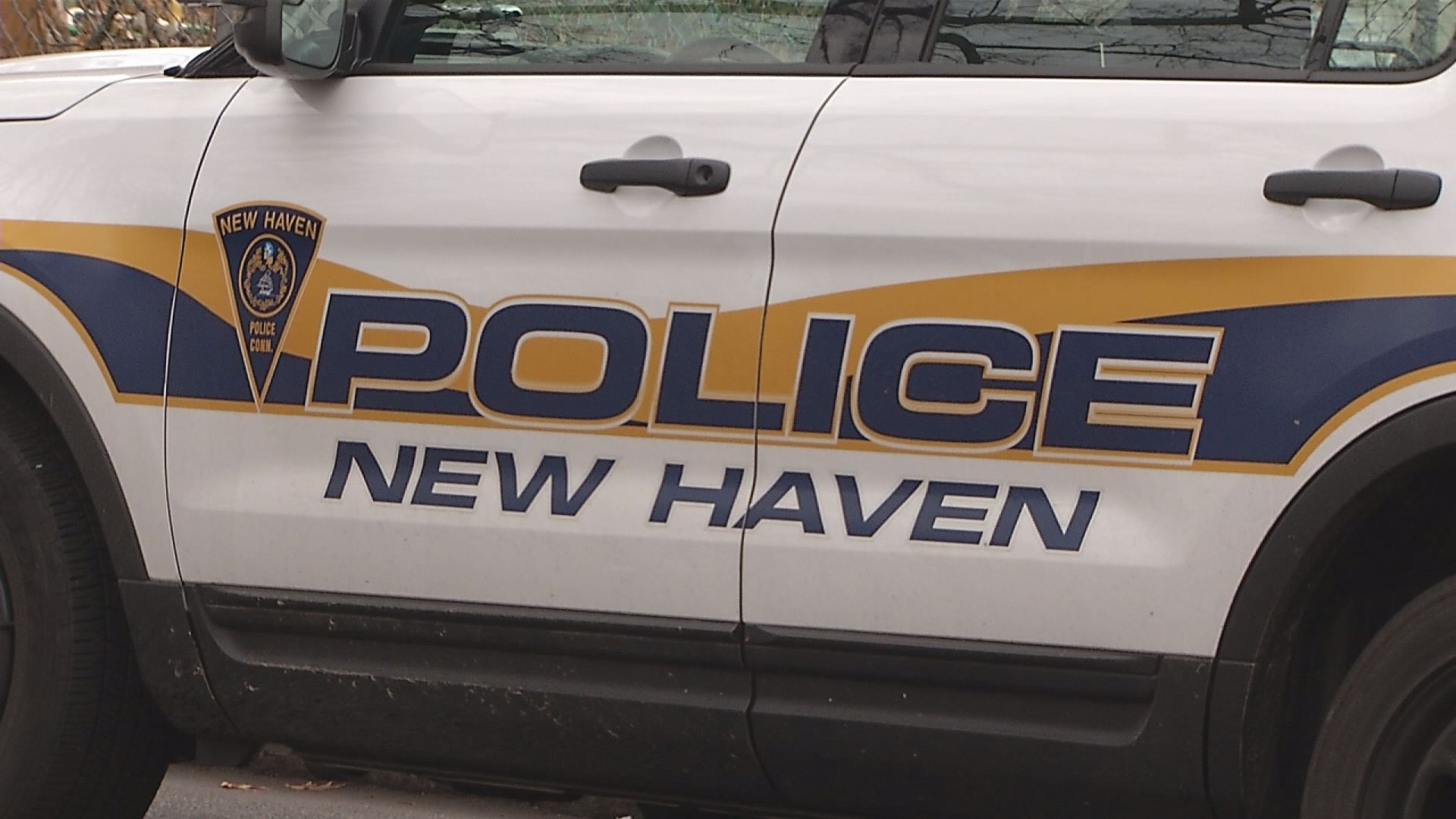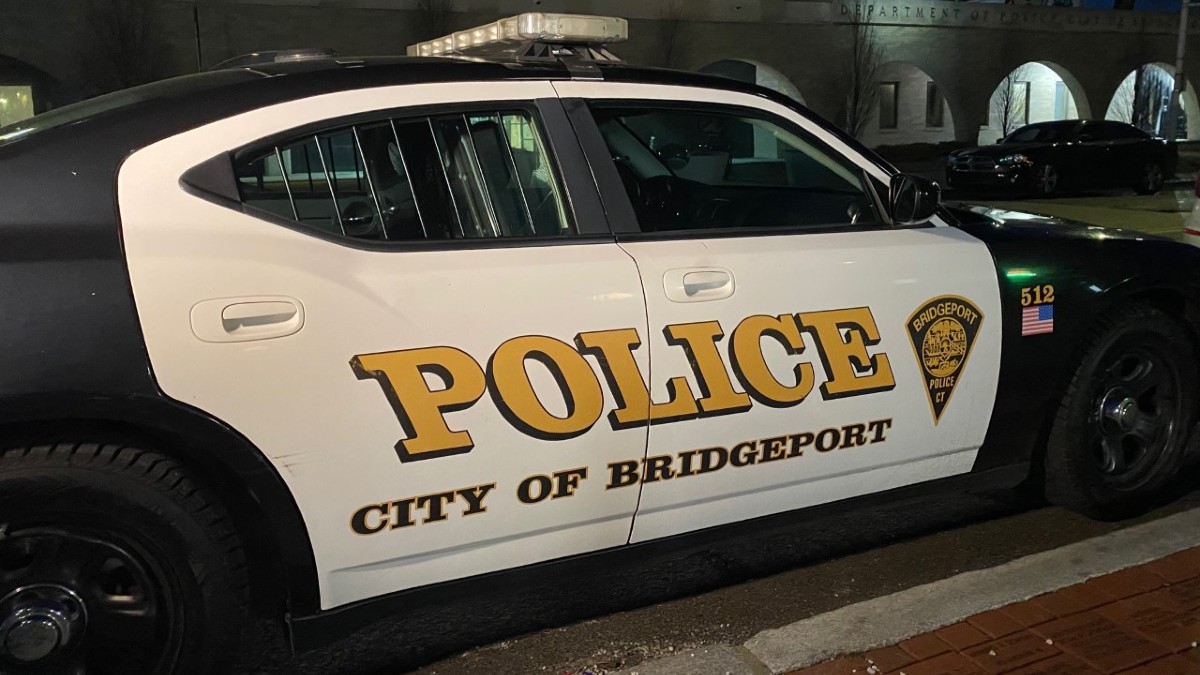The Payroll Protection Program, which gave businesses access to capital, has ended but some businesses have yet to fully recover. Others have done better than expected, but the tough times may be far from over.
“Now the money's all spent. Most businesses have spent all the money. There’s no additional rounds of PPP or anything like it right now that are available,” Joel Johnson, owner of Johnson Brunetti, a certified financial planner, said.
Johnson said the PPP helped keep many companies going.
It allowed businesses like Bright & Early Learning Center to rehire their staff and even increase enrollment in five day care centers.
“We actually spent every penny on payroll so I know that there’s a 60/40 split between rent and different expenses but we actually did spend all the money on payroll,” April Lukasik, president of the centers, said.
Lukasik is a PPP success story. She said the PPP allowed her to hire staff and pay rent for three months when her centers were shut down. Without the PPP, “I would have had to apply for some other kind of assistance because I have five centers that’s either five mortgage or lease payments and insurance payments and all kinds of expenses,” Lukasik said.
She said she feels badly for businesses that didn’t have any reserves.
Local
“We did have some reserves, which really with the PPP money it made the bridge much easier and so we are so grateful."
It helped many businesses get through the summer, but some like the hospitality business and restaurants are still struggling.
“It was a lifeline, but it’s almost like having a life preserver thrown to you and you get back on the boat and now you get thrown back in the water and there’s no life preserver any more,’ Johnson said.
Johnson said they are seeing businesses that were just hanging on by a thread have to cut back again. His advice to business is to cut back as much as you can to avoid shutting down the business.
“The worst-case scenario is that any loan that doesn’t get approved for forgiveness converts into a 1% loan over either two years or five years,” Bruce Adams said.
Adams is the president and CEO of the Credit Union League of Connecticut. He said their next job is to help businesses get forgiveness for the loans.
“What we’ve seen at credit unions across the state is not only a steady need for more business lending but a growing need in certain cases. And that will require more creative and compassionate ways to help businesses.”
Department of Economic and Community Development Commissioner David Lehman said they are looking at ways to further open the economy.
“We’re trying to figure out what’s the right balance between reopening and financial assistance and how do we make the economy work for everyone,” Lehman said.
A review released by the Government Accountability Office earlier this week expressed concern over the process for loan forgiveness.



